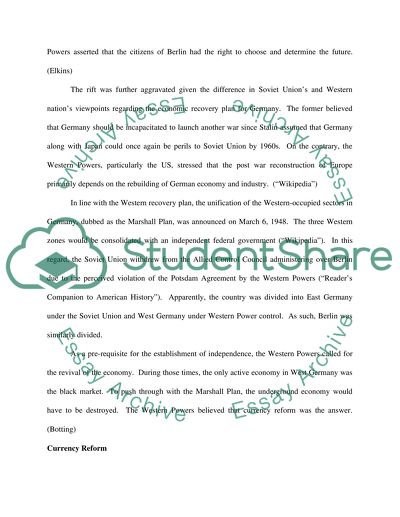Cite this document
(Berlin Airlift 1948-49 Case Study Example | Topics and Well Written Essays - 2278 words, n.d.)
Berlin Airlift 1948-49 Case Study Example | Topics and Well Written Essays - 2278 words. Retrieved from https://studentshare.org/history/1535123-berlin-airlift-1948-49
Berlin Airlift 1948-49 Case Study Example | Topics and Well Written Essays - 2278 words. Retrieved from https://studentshare.org/history/1535123-berlin-airlift-1948-49
(Berlin Airlift 1948-49 Case Study Example | Topics and Well Written Essays - 2278 Words)
Berlin Airlift 1948-49 Case Study Example | Topics and Well Written Essays - 2278 Words. https://studentshare.org/history/1535123-berlin-airlift-1948-49.
Berlin Airlift 1948-49 Case Study Example | Topics and Well Written Essays - 2278 Words. https://studentshare.org/history/1535123-berlin-airlift-1948-49.
“Berlin Airlift 1948-49 Case Study Example | Topics and Well Written Essays - 2278 Words”, n.d. https://studentshare.org/history/1535123-berlin-airlift-1948-49.


